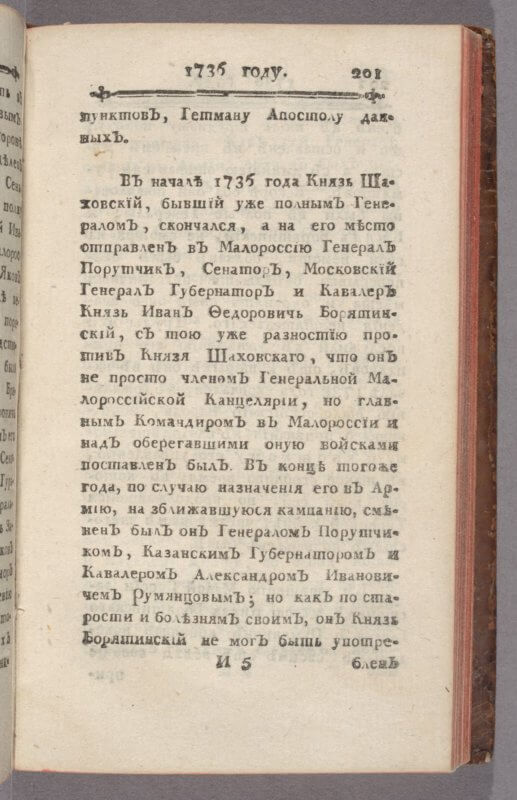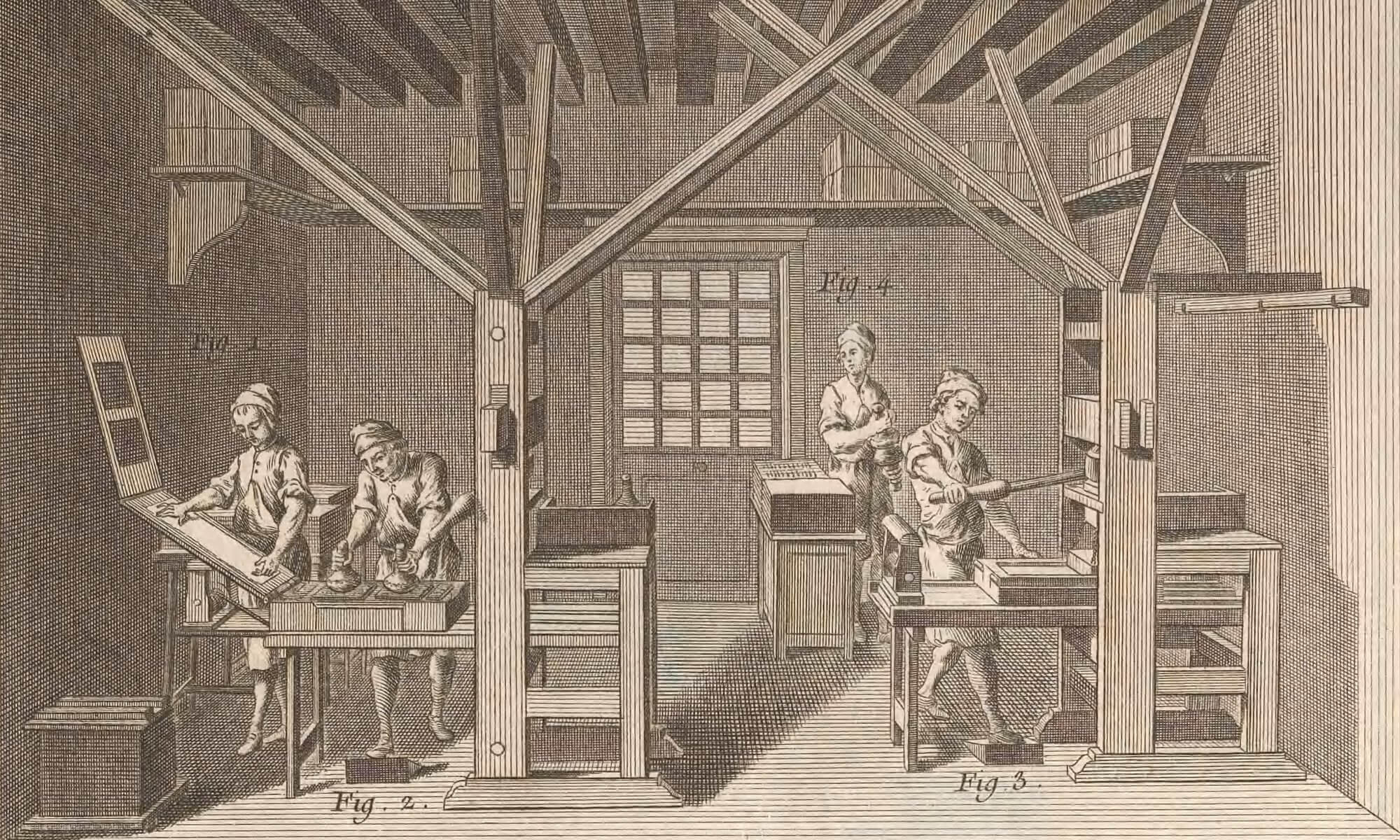Black Bird, 1790 (p1)

Black Bird, 1790 (p8)
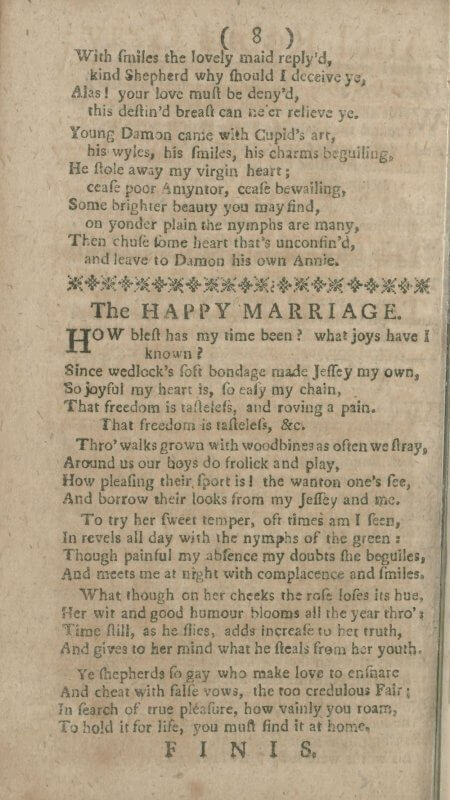
Connecticut, Proclamation, 1783
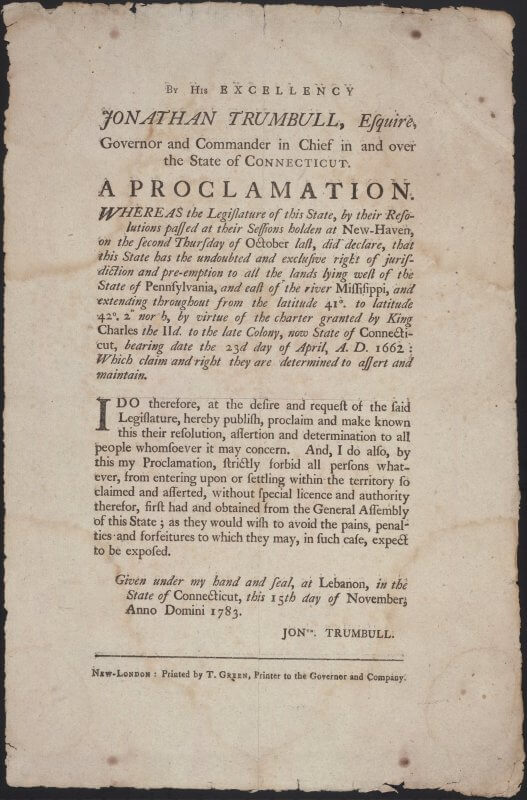
Encyclopédie plates, 1769 (vol 7, pl 14)
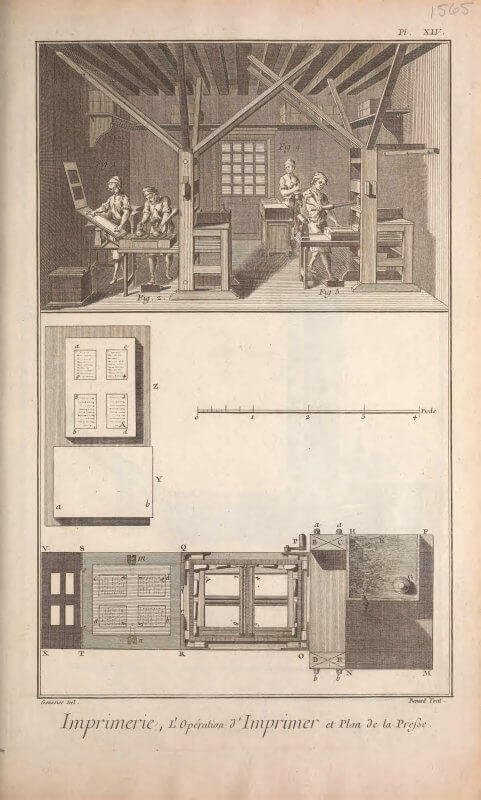
Encyclopédie, Plates, 1769 (vol 7, pl 1)
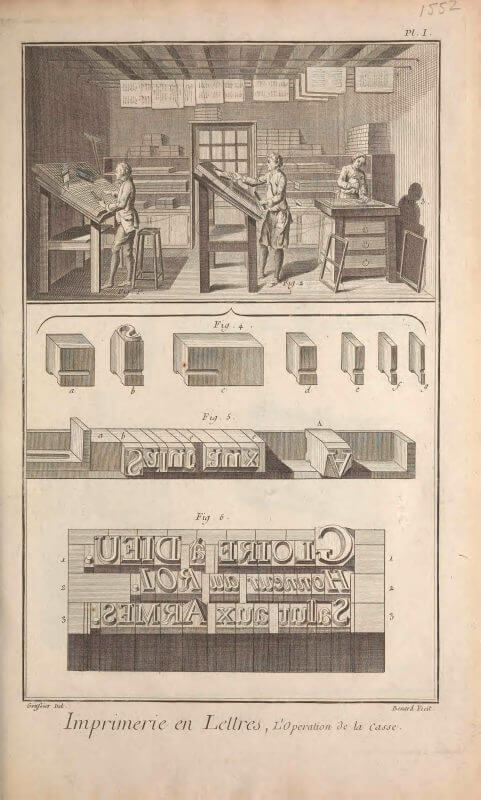
Encylopédie plates, 1769 (vol 7 pl 15)
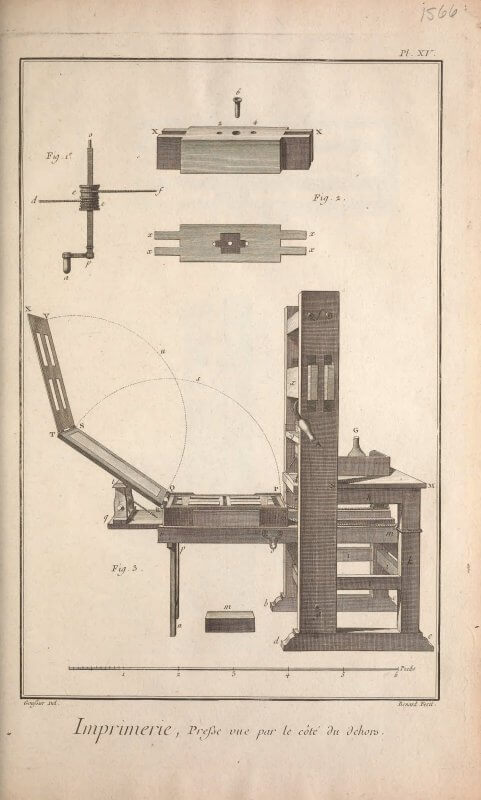
Febrés, Arte de lengua de Chile, 1765 (2A4r)
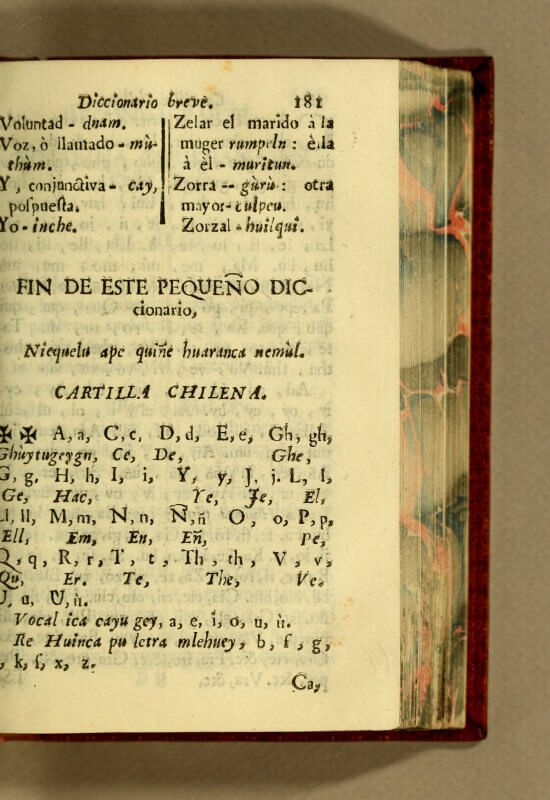
Febrés, Arte lengua Chile, 1765 ([*]1r)

Rowe, Laura, 1775 (A1v)
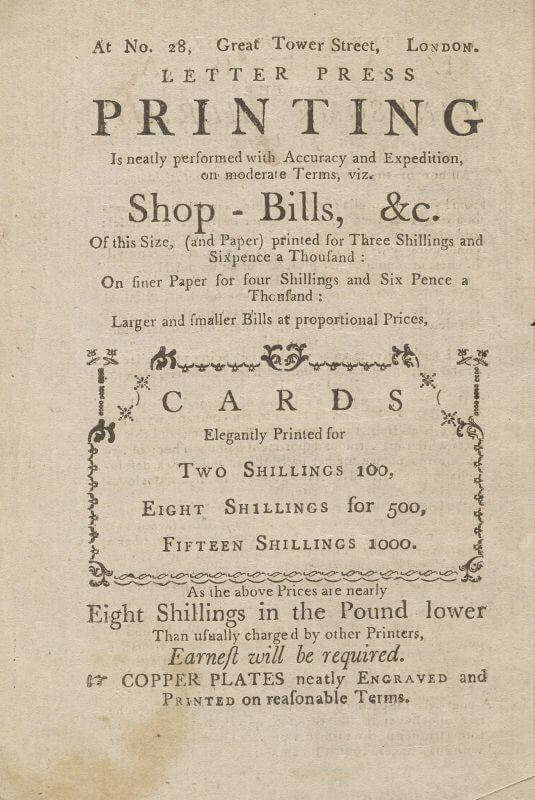
Ruban, Kratkaia letopis Malaia Rrossiia, 1777 (И5)
